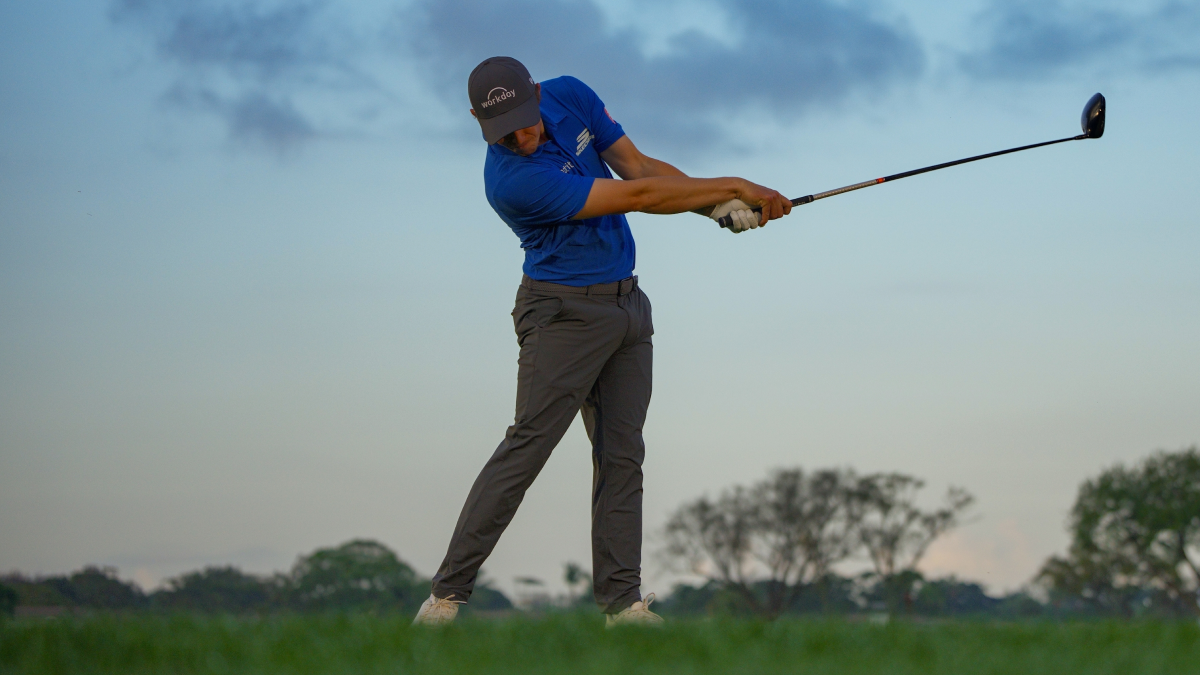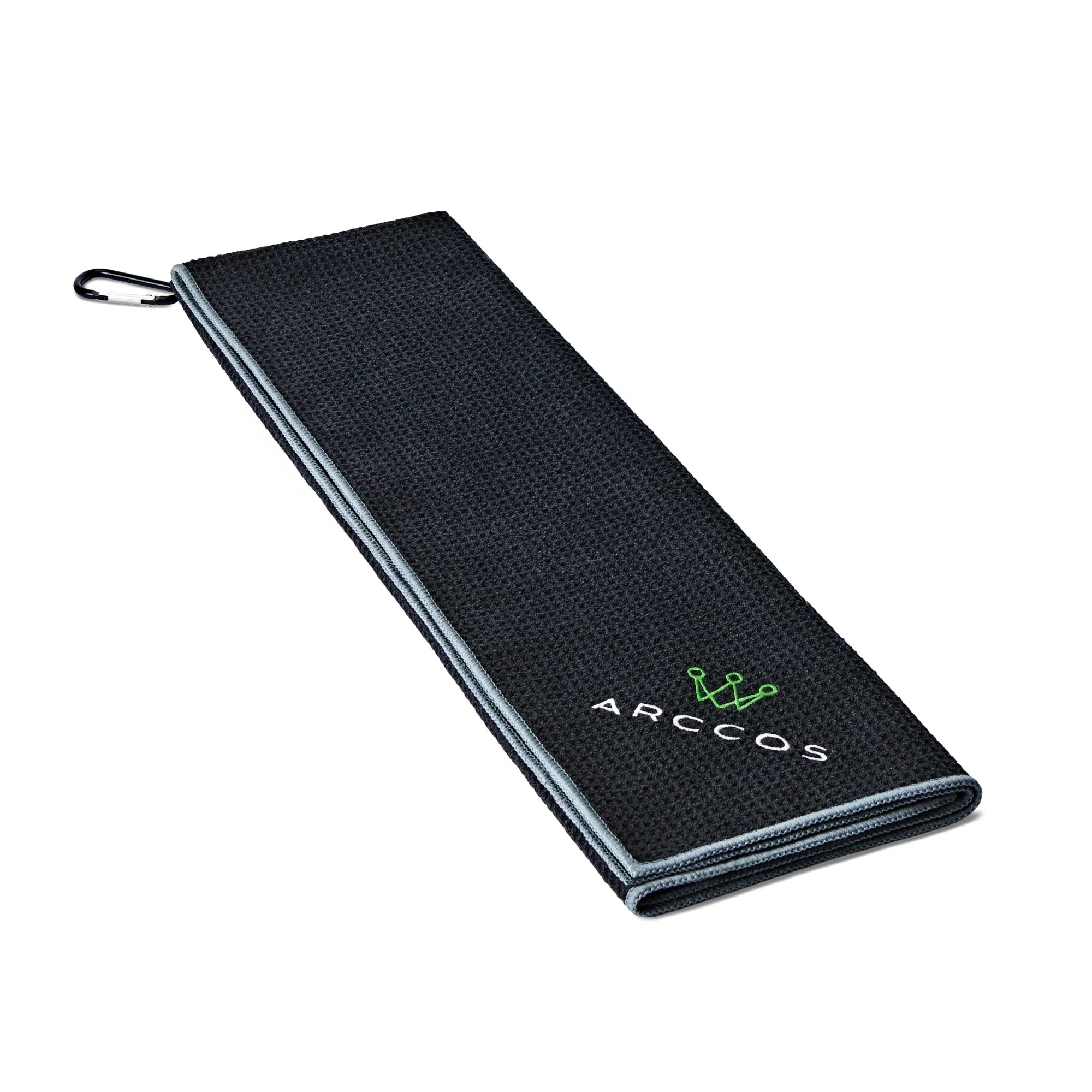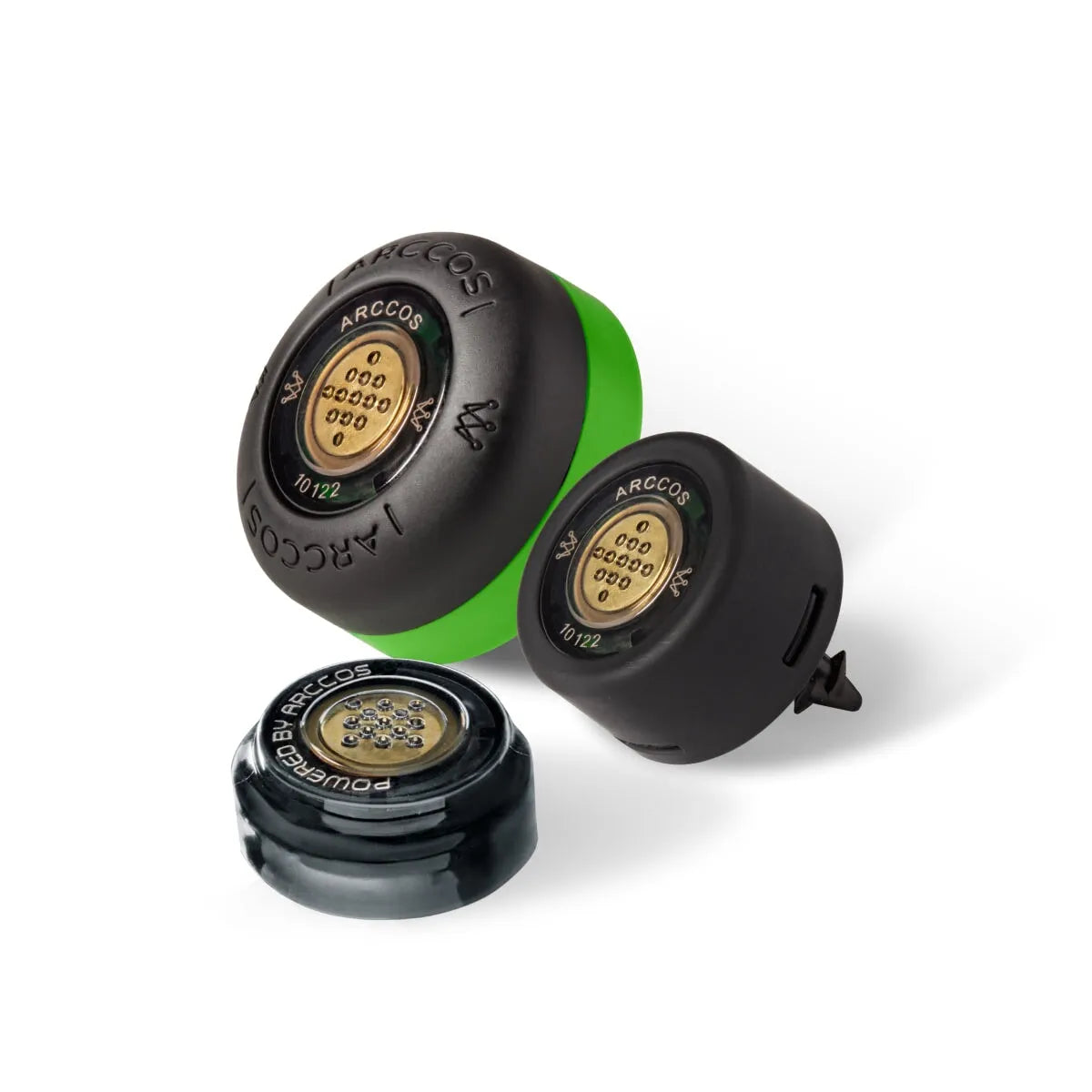
Pete Dye’s Oceanfront Masterpiece is one of the World’s Most Difficult Layouts for TOUR Players and Arccos Members
For the PGA Championship this week at Kiawah Island Golf Resort, the Pete Dye-designed Ocean Course will play as the longest, and likely the most challenging, course in major championship history.
Tipping out at 7,876 yards with an unearthly course rating of 79.1 and slope rating of 155, the Championship tees of Dye’s oceanfront masterpiece will be the most difficult course in North America, at least for four days.
In terms of sheer length, Arccos members have experienced a decidedly different Ocean Course over the past year. Of the 1000+ rounds recorded via the Arccos Caddie App, 89% were played at 6,779 yards or less and 56% at 6,475 or less.
On the scorecard, there are the middle “Ocean” and penultimate “Dye” tees, with the seldom-played (by Arccos members) “Tournament” tees measuring 7,356 yards. The Championship tees aren't even visible on the standard Ocean Course scorecard as a comparison.
But whether it’s the best players in the world, or those using Arccos for rapid game improvement, one thing remains the same: the site of the famed “War by the Shore” Ryder Cup in 1991 is one of the most demanding tests of golf we have in the game today.
With its sheer length, deceptive Dye design elements and the unpredictable and blustery ocean breezes, the Ocean Course bears more teeth than the local gators for Arccos Members, even if they aren’t playing it from nearly 8,000 yards.
Both traditional statistics, gleaned from Arccos Caddie’s Club-level data and advanced metrics from its Strokes Gained Analytics (SGA) feature bear that out.
RELATED from Golf Digest: How hard is Kiawah for the average golfer? This data says very hard

Stokes Gained Analytics Insights
Arccos Caddie’s SGA feature offers golfers unprecedented insights into their overall game, driving distance and accuracy, approach shots, short game and putting. Arccos members can compare their strokes gained to handicaps ranging from “Tour Player” to 20 using the SGA feature.
The average handicap of Arccos members playing the Ocean Course is 11; the Ocean Course is self-selecting in that it attracts more experienced players. Compared to a scratch (zero handicap) golfers, those members lost 14 strokes overall, including 1.4 strokes in penalties off the tee.
And speaking of tee shots, whether due to frequent head-and cross-winds or the Ocean Course’s slower rolling paspalum turf grass, they just don’t travel as far on Kiawah Island. On average, Arccos members lost 1.8 strokes off the tee due to distance with an average drive of just 227 yards.
The ever-present breeze also wreaked havoc on accuracy, with members hitting just 52% of fairways and 35% of greens in regulation. They lost .81 strokes due to tee shot accuracy with (somewhat surprisingly) straight holes playing the hardest and dogleg left holes playing the easiest.

No breaks until the 19th hole: Hole Highlight, No. 18
Not surprisingly, considering the SGA-generated data, birdies were few and far between for Arccos members at the Ocean Course. Of the 5,382 holes played, they birded only 7%. Let’s take a look at the par-4 18th hole as an example.
Arccos members played this seaside two-shotter primarily from the 396-yard Ocean tees or the 421-yard Dye tees. Here’s the scoring breakdown for the 18th hole:
- Birdie 4.35%
- Par 26%
- Bogey 42.39&%
- Double Bogey + 27%
No. 18 played as the second hardest hole on the course to No. 12, with Arccos members losing 0.71 strokes on average. So if you’ve had a ravaging round, it doesn’t let up until you finally reach the 19th hole. It’s almost unconscionable to think the pros will play it from 505 yards and with the prevailing headwind, could face approach shots of over 200 yards to an elevated green.

Arccos Caddie Rangefinder
If ever there was a golf course on which the Arccos Caddie A.I.-Powered Rangefinder is a round-saver (AKA golf ball-saver), it’s the Ocean Course. Wind speed can vary from five to over 25 miles-per-hour, oftentimes during an 18-hole round. Humidity and the weight of the air rises and falls from sunrise to sundown.
And with a number of partially blind tee shots, elevated green complexes and a vast network of bunkers and sandy coastal areas, having “plays like” and precise yardages to fairway landing areas, green sections and hazards is mission critical.
With the Arccos Caddie Rangefinder, players can see the impact in yards plus or minus how wind speed, direction, temperature, humidity and altitude affect their shots in real-time. The altitude calculation is personalized based on any altitude differential between a player’s home course and the one they’re playing.
Of note, the PGA of America is allowing players and caddies to use traditional rangefinders (distance measuring devices) at this year’s PGA Championship. They must be in “competition” mode, in which only distance is measured, not any other geological or meteorological elements (i.e. slope, wind etc.).
Arccos Ambassador, Ted Scott, is Bubba Watson's caddie. He sent us a quick video of how the Arccos Rangefinder app from Tuesday's practice round on the 16th hole of the Ocean Course.
Ready to join Team Arccos? Check out our full suite of Arccos Products to get on the road to rapid game improvement.






Share:
APGA Tour Pro Golfers J.P. Thornton and Jarred Garcia Tap into Arccos for Game Improvement
Amateur Golfers & What Their Data Is Telling Us